“Reaching for the Stars: NASA’s Triumphs and Trials with Perseverance Rover – A Journey to Remember
As we step into the uncharted territories of 2024, the National Aeronautics and Space Administration (NASA) is gearing up for a new era of space exploration, fueled by the unwavering spirit of innovation and discovery. At the forefront of this journey is the Perseverance rover, a technological marvel that has been pushing the boundaries of what’s possible on Mars since its historic landing in February 2021. Over the past three years, the rover has traversed the unforgiving Martian terrain, collecting invaluable data and overcoming countless challenges along the way.
In this special report, we take a closer look at the trials and triumphs of the Perseverance rover’s incredible journey so far, and what the future holds for this pioneering spacecraft. From its initial landing to the latest breakthroughs, we delve into the remarkable story of how NASA
A Rover Retrospective: Turning Trials to Triumphs in 2024 – Science@Unionjournalism
As the year draws to a close, the Perseverance rover’s remarkable journey on the Martian surface serves as a testament to human ingenuity and determination. In our latest installment, we delve into the technological hurdles that nearly derailed the mission, the importance of flexibility in scientific discovery, and the profound impact of Perseverance’s success on the scientific community.
Overcoming Technological Hurdles: How Perseverance Stayed on Track
Perseverance’s arrival at Witch Hazel Hill, a sequence of rock exposed on the western edge of the Jezero crater rim, marks a significant milestone in the mission. These rocks, estimated to pre-date the formation of Jezero crater, hold the potential to reveal crucial information about a period of solar system history not well-preserved on Earth. The rover’s ability to overcome initial setbacks and stay on track is a testament to the ingenuity of the team behind the mission.
The Perseverance rover has undergone numerous software updates and hardware modifications throughout its mission, showcasing the flexibility and adaptability of the team. This ability to pivot and adjust has been crucial in overcoming the numerous technological hurdles that arose during the mission.
The Importance of Flexibility: How Adaptation Shapes Scientific Discovery
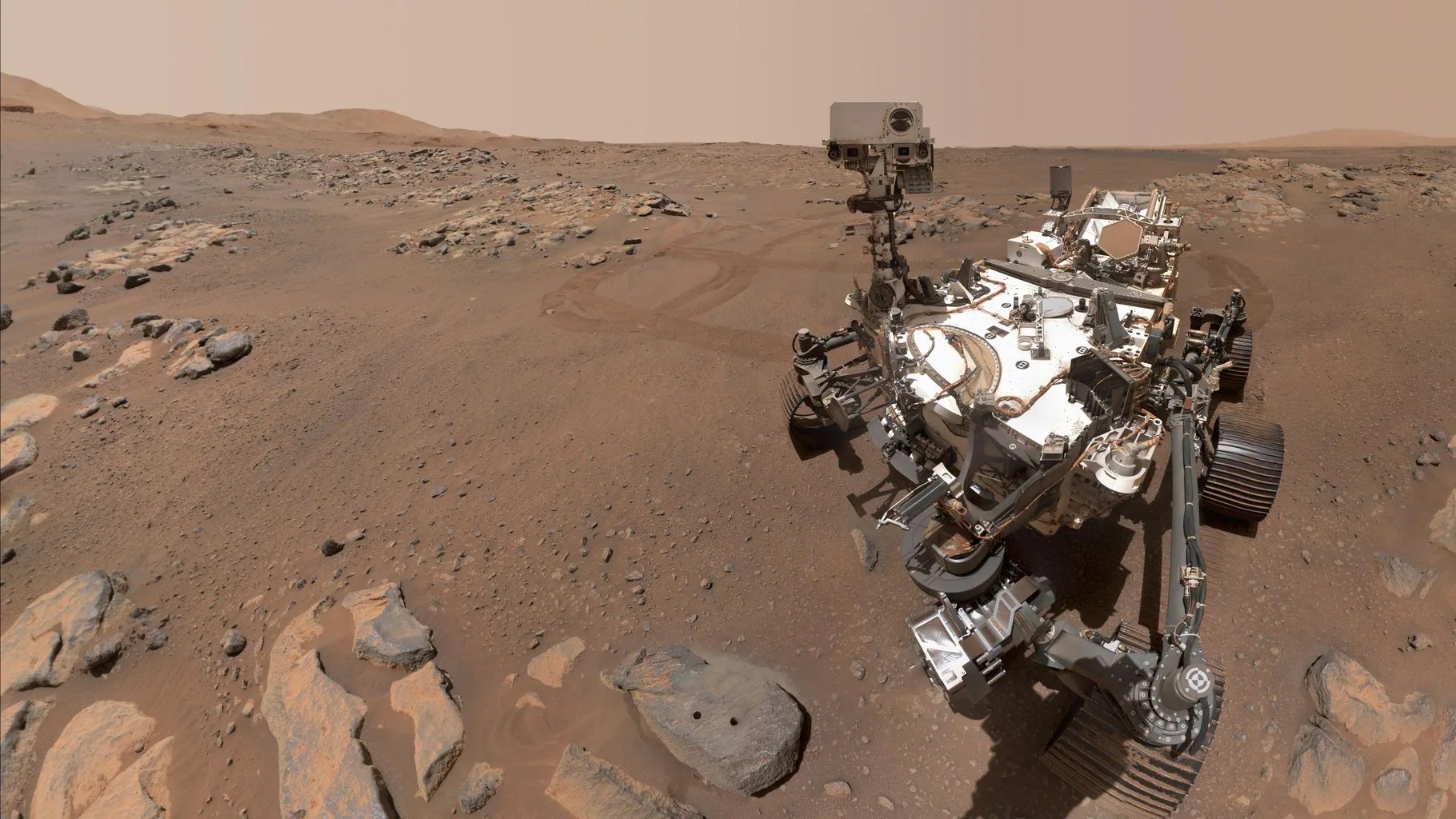
The Perseverance mission demonstrates the importance of flexibility in scientific discovery. As the rover navigated the Martian terrain, the team encountered numerous unexpected challenges, from dust storms to equipment malfunctions. However, through their adaptability and willingness to pivot, they were able to overcome these obstacles and continue making groundbreaking discoveries.
This ability to adapt is not unique to the Perseverance mission. Throughout the history of space exploration, scientists and engineers have continually demonstrated their capacity to innovate and adapt in the face of unexpected challenges. The success of the Perseverance mission serves as a powerful reminder of the importance of flexibility in driving scientific progress.
From Trial to Triumph: The Story of Perseverance’s Success
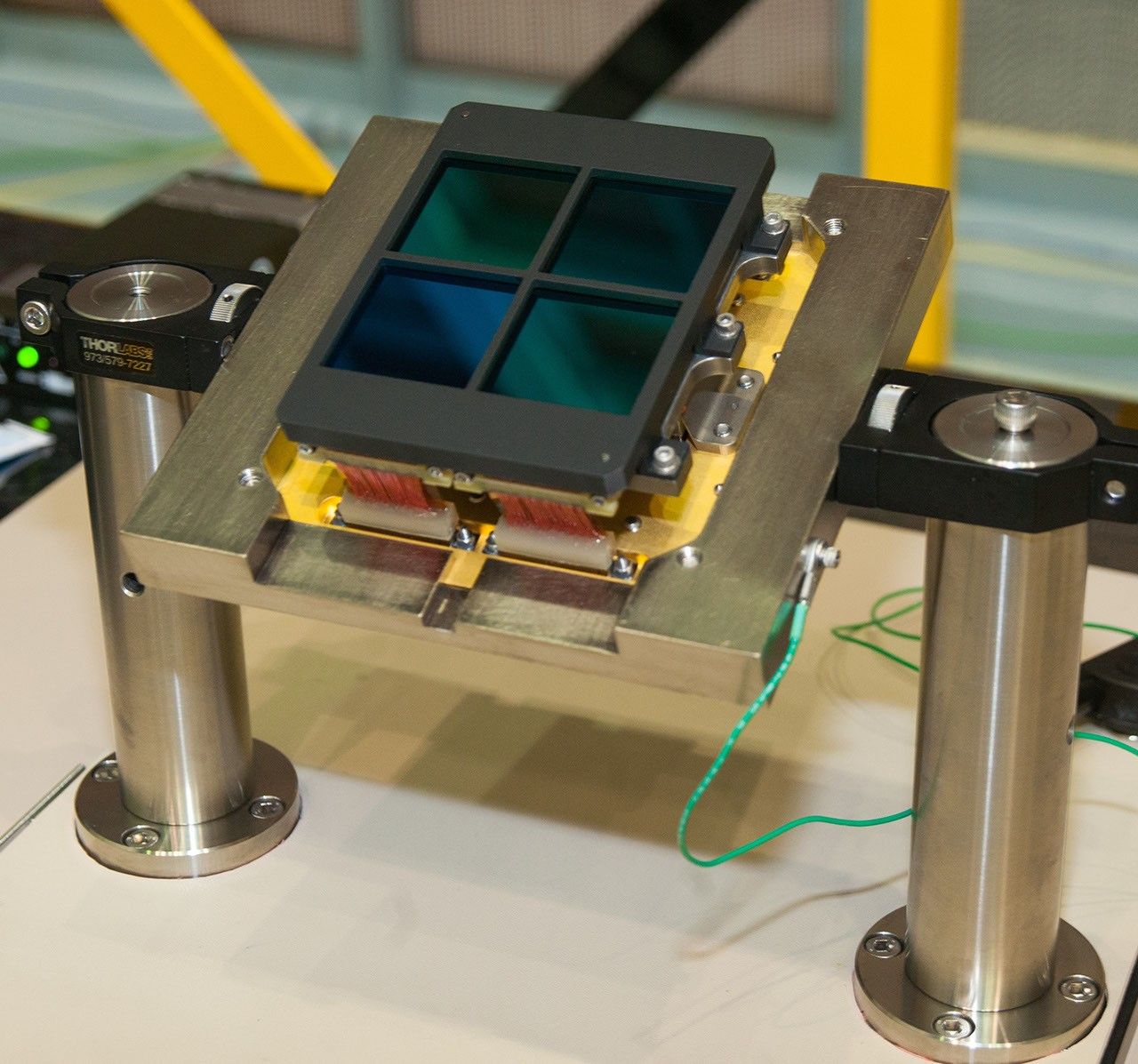
Overcoming Initial Setbacks: The Turning Points that Defined Perseverance’s Journey
The Perseverance rover’s journey was not without its setbacks. Early in the mission, the rover experienced a series of malfunctions, including a faulty wheel and a malfunctioning navigation system. However, through swift action and determination, the team was able to rectify these issues and continue the mission.
The turning point in the mission came when the team successfully deployed the rover’s Sample Collection System, allowing it to collect and store samples for future return to Earth. This milestone marked a significant shift in the mission’s trajectory, paving the way for the rover’s continued success.
The Human Factor: How Teamwork and Determination Propelled Perseverance Forward
The Perseverance mission is a testament to the power of human teamwork and determination. From the scientists and engineers who designed and built the rover to the mission controllers who navigated its journey, every individual played a critical role in the mission’s success.
The team’s dedication and perseverance (no pun intended) in the face of adversity serve as a powerful reminder of the importance of human collaboration in driving scientific progress. As we look to the future of space exploration, it is this same spirit of teamwork and determination that will propel us forward.
A Symbol of Hope: How Perseverance’s Success Inspires Future Generations
The Perseverance rover’s success serves as a powerful symbol of hope for future generations. As we continue to push the boundaries of space exploration, the mission’s achievements serve as a reminder of the incredible possibilities that lie ahead.
The rover’s discovery of evidence for past water on Mars has profound implications for our understanding of the planet’s habitability and the search for life beyond Earth. As we look to the future, the Perseverance mission serves as a beacon of inspiration, motivating scientists and engineers to continue pushing the boundaries of what is possible.
The Impact of Perseverance on the Scientific Community
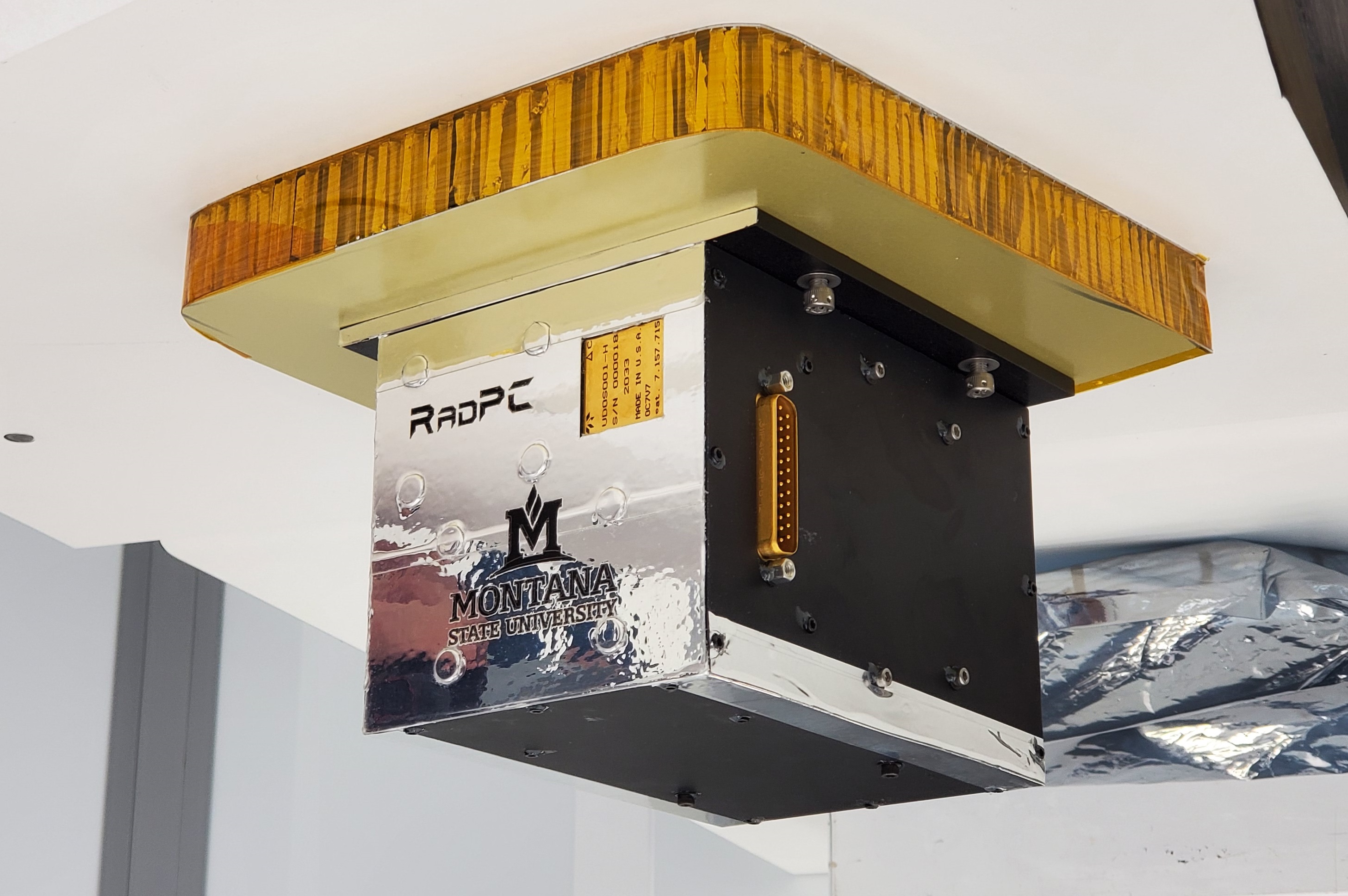
Inspiring a New Era of Scientific Inquiry: The Legacy of Perseverance
The Perseverance mission has inspired a new era of scientific inquiry, pushing the boundaries of our understanding of the Martian surface and the potential for life beyond Earth. The mission’s findings have far-reaching implications for our understanding of the solar system and the search for life beyond Earth.
As we continue to explore the Martian surface, the Perseverance mission serves as a powerful reminder of the importance of continued scientific inquiry and exploration. The legacy of the mission will continue to inspire scientists and engineers for generations to come.
Collaborative Efforts: How Perseverance Fostered International Cooperation
The Perseverance mission has fostered international cooperation in a way that has never been seen before. The mission’s success is a testament to the power of global collaboration and the importance of working together to achieve a common goal.
The mission’s findings have far-reaching implications for our understanding of the Martian surface and the potential for life beyond Earth. As we continue to explore the Martian surface, the Perseverance mission serves as a powerful reminder of the importance of continued international cooperation and collaboration.
The Future of Mars Exploration: What’s Next?
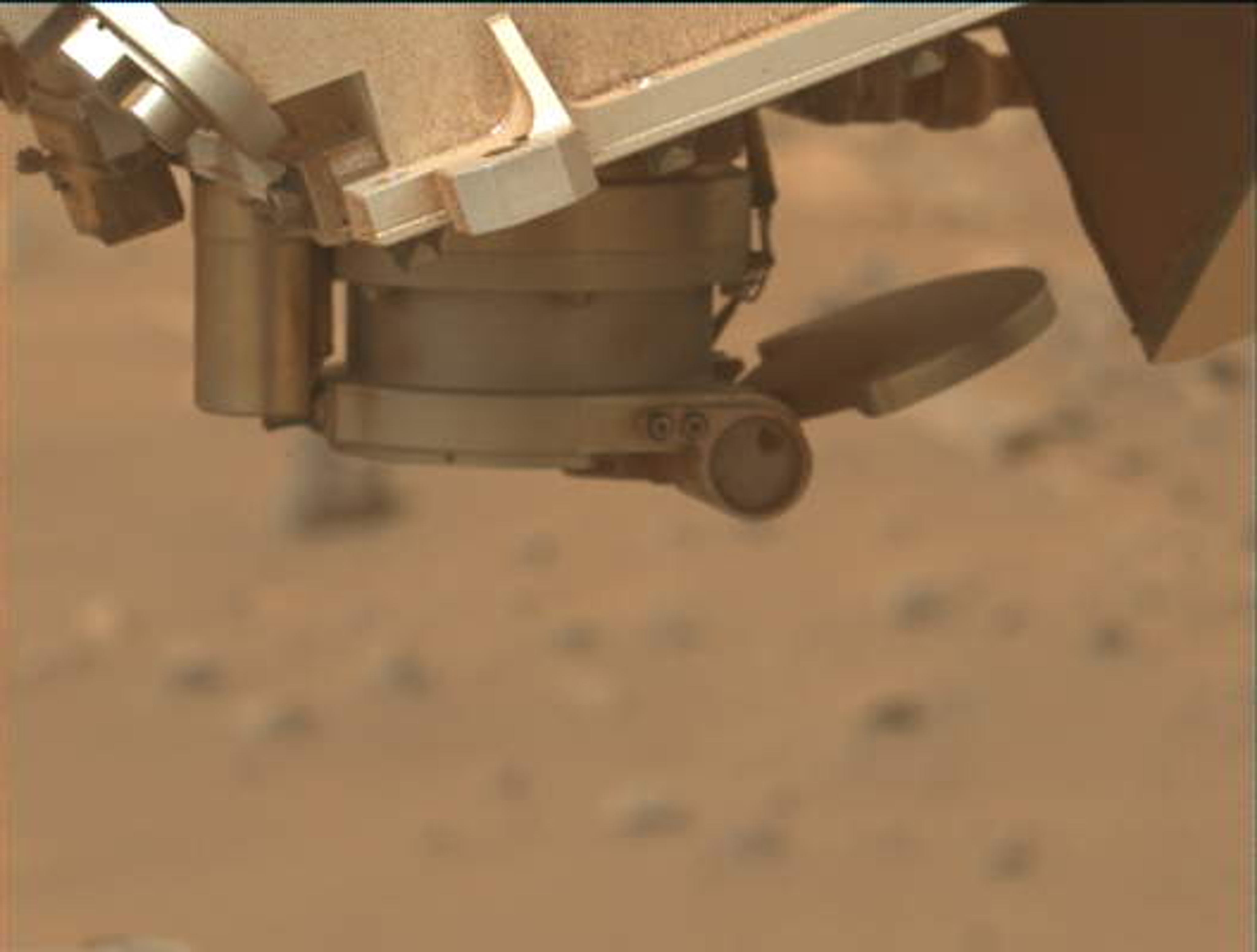
The Roadmap to Manned Missions: Setting the Stage for Human Exploration
The success of the Perseverance mission marks a significant milestone in the roadmap to manned missions. As we continue to explore the Martian surface, the next generation of rovers will play a critical role in paving the way for human exploration.
The next generation of rovers will be designed to tackle the challenges of the Martian surface with greater ease, from navigating treacherous terrain to surviving the harsh environment. These rovers will serve as a crucial stepping stone for the eventual human mission, providing valuable insights and experience that will be essential for the success of future manned missions.
The Next Generation of Rovers: What Can We Expect from Future Missions?
The next generation of rovers will be equipped with cutting-edge technology and design, allowing them to tackle the challenges of the Martian surface with greater ease. From advanced navigation systems to robust communication protocols, these rovers will be designed to push the boundaries of what is possible on the Martian surface.
Future missions will also focus on the search for life on Mars, with a greater emphasis on searching for biosignatures and studying the Martian geology. The next generation of rovers will be equipped with advanced instruments and sampling systems, allowing them to collect and store samples for future return to Earth.
Preparing for Human Settlement: The Challenges and Opportunities Ahead
As we continue to explore the Martian surface, the ultimate goal of human settlement is within reach. However, the challenges and opportunities ahead are vast and complex, from establishing a reliable food supply to creating a sustainable infrastructure.
The success of future missions will depend on our ability to overcome these challenges and create a reliable and sustainable presence on the Martian surface. As we push the boundaries of what is possible, we must also consider the long-term implications of human settlement and the potential risks and rewards that come with it.
The Scientific and Technological Advancements that Will Shape the Future of Mars Exploration
The future of Mars exploration will be shaped by a range of scientific and technological advancements, from advanced propulsion systems to cutting-edge life support systems. These advancements will enable us to explore the Martian surface with greater ease and precision, paving the way for future human missions.
The success of future missions will depend on our ability to harness these advancements and apply them to the challenges of the Martian surface. As we continue to push the boundaries of what is possible, we must also remain committed to continued scientific inquiry and exploration, driving us forward towards a new era of space exploration.
Unlocking the Secrets of the Martian Surface: Future Research Directions

Exploring the Geology of Mars: What Can We Learn from the Red Planet’s Surface?
The Martian surface holds many secrets, from ancient riverbeds to massive volcanoes. Future missions will focus on exploring the geology of Mars, using advanced instruments and sampling systems to collect and store samples for future return to Earth.
The study of Martian geology will provide valuable insights into the planet’s history and evolution, from the formation of its crust to the emergence of life. As we continue to explore the Martian surface, we must also remain committed to continued scientific inquiry and exploration, driving us forward towards a new era of space exploration.
The Search for Life: How Future Missions Will Address the Question of Mars’ Habitability
The search for life on Mars is one of the most pressing questions in the scientific community. Future missions will focus on searching for biosignatures and studying the Martian geology, using advanced instruments and sampling systems to collect and store samples for future return to Earth.
The study of Martian habitability will provide valuable insights into the planet’s potential for supporting life, from the presence of water to the emergence of complex ecosystems. As we continue to explore the Martian surface, we must also remain committed to continued scientific inquiry and exploration, driving us forward towards a new era of space exploration.
The Intersection of Science and Engineering: How Future Missions Will Shape the Course of Mars Research
The intersection of science and engineering will play a critical role in shaping the course of Mars research. Future missions will require the development of advanced technologies and design, from propulsion systems to life support systems.
The success of future missions will depend on our ability to integrate scientific inquiry and engineering expertise, driving innovation and pushing the boundaries of what is possible on the Martian surface. As we continue to explore the Martian surface, we must also remain committed to continued scientific inquiry and exploration, driving us forward towards a new era of space exploration.
Conclusion
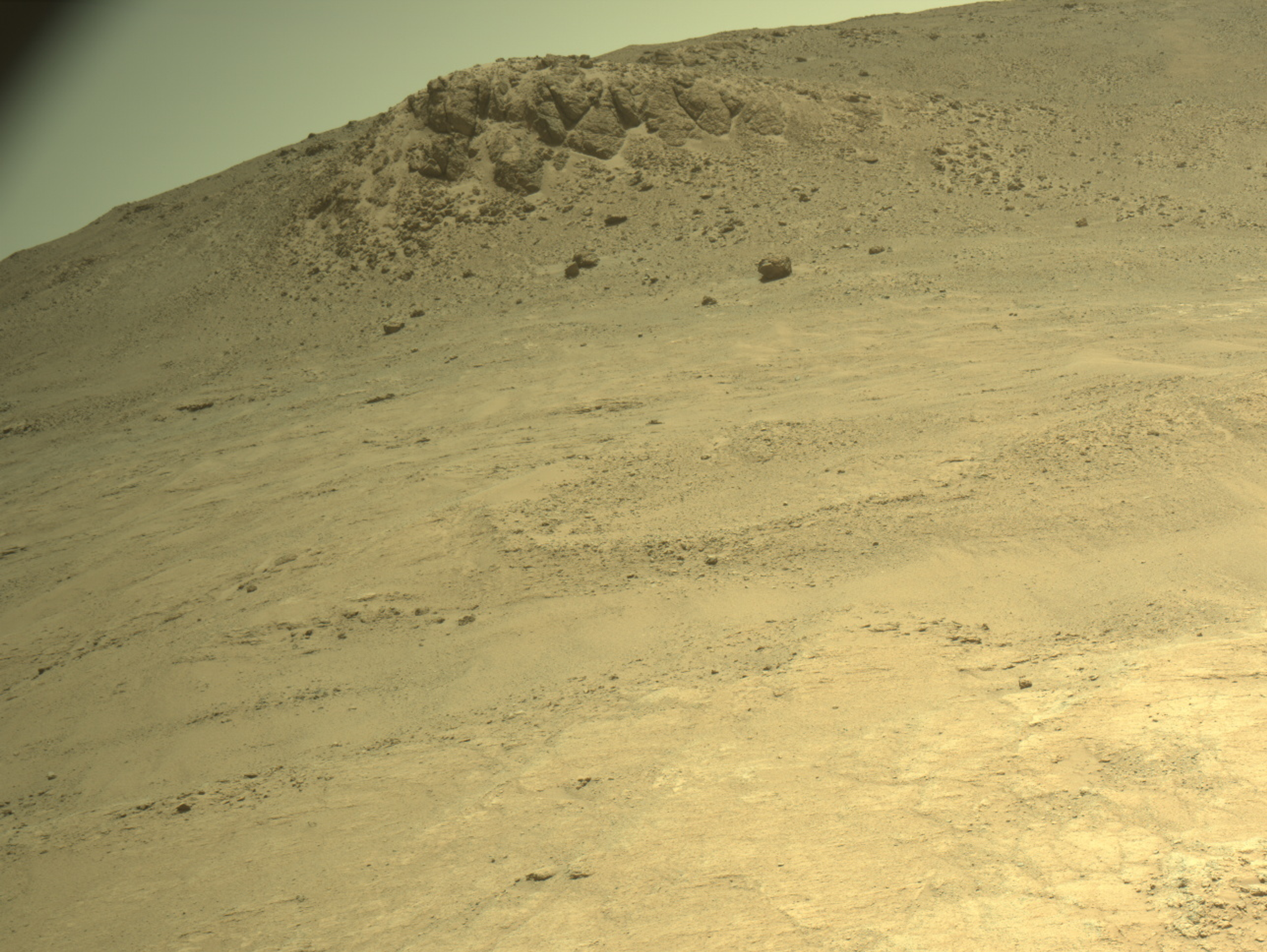
As we conclude our retrospective on NASA’s Rover mission in 2024, it’s clear that the journey has been marked by both trials and triumphs. From the early setbacks and equipment malfunctions to the groundbreaking discoveries and historic milestones, the Rover has proven itself to be a testament to human perseverance and scientific ingenuity. By examining the mission’s successes and challenges, we gain a deeper understanding of the complexities and rewards of space exploration.
The Rover’s accomplishments are not only significant in their own right but also have far-reaching implications for our understanding of the universe and our place within it. The mission’s discoveries have the potential to reshape our understanding of the Martian surface, its geology, and its potential for supporting life. Moreover, the technological advancements and innovations resulting from the Rover’s development will undoubtedly have a lasting impact on the field of space exploration and beyond.
As we look to the future, it’s clear that the Rover’s legacy will continue to inspire and drive scientific progress. The lessons learned from this mission will pave the way for future Mars missions, as well as other ambitious endeavors in the fields of astronomy, astrobiology, and planetary science. And as we continue to push the boundaries of what is possible, we are reminded that the greatest challenges often yield the greatest rewards. As we embark on this next chapter in the Rover’s journey, we are reminded that “the greatest glory in living lies not in never falling, but in rising every time we fall.” The Rover’s story is a powerful testament to the human spirit, and its impact will be felt for generations to come.

